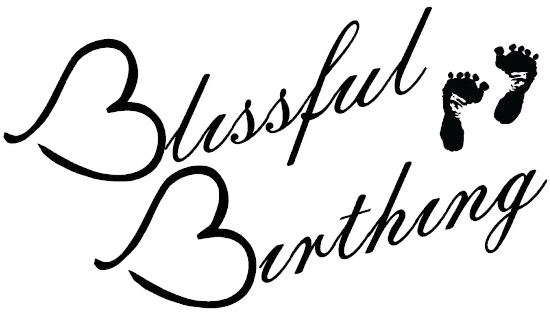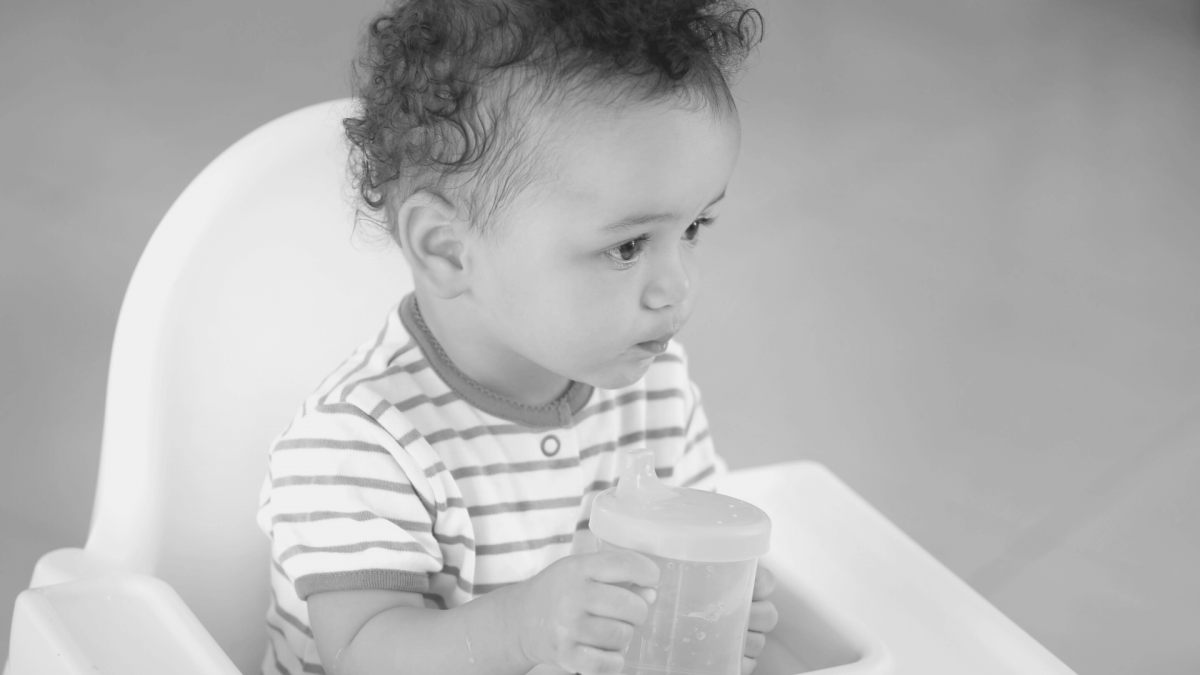As your baby begins to approach their first birthday you may start to wonder when to stop giving formula or breast milk and change to milk. Breast milk and formula are complete foods. This means they provide your baby with all the vitamins and nutrients they require. Whole milk, or milk alternatives, do not. For that reason most pediatricians do not recommend making the switch until your baby is a year old. At this time they are most likely used to receiving supplemental foods to obtain the nutrition that milk products lack. If your baby was born prematurely or has food allergies, you may be advised to hold off on transitioning to milk. Because this switch is one that directly impacts your baby’s health and well-being, we always recommend having a conversation with your pediatrician. Deciding together which type of milk is best for your baby.
Transitioning to Milk
As with every other parenting decision, there is no “one size fits all When counseling our clients on making the switch to milk, I recommend considering the following points:
Bottle or Cup
Your baby may be drinking from a cup full-time, part-time, or still working on this skill. All of these are fine! If your little one still receives bottles you will want to consider if you want to transition them away from the bottle at the same time you are transitioning them to milk or if you would like to make these changes separately. Neither one is “right” or “wrong,” so don’t stress too much over it!
If you are making the two transitions simultaneously, I would not, however, recommend using one vessel for formula/breast milk and the other for milk/milk alternative. Why? Well your baby can develop a preference for one drink in a particular vessel and that can lead to further challenges when trying to remove the bottle or switch to milk. It is not a problem to continue to give your baby bottles of the blend at certain points throughout the day and the cup at others. You may not feel your baby is ready to give up their first bottle of the morning or last one of the day just yet. Totally fine! Just make sure to keep the ratios of formula/breast milk and milk at the same rate. I will explain what I mean next.
Ratio
While it is possible to switch your baby to milk cold turkey, many parents don’t do this. The main reason being that formula/breast milk tastes noticeably different than milk/milk alternatives. Your baby may not initially like the taste of milk on its own, leading to a refusal of the bottle/cup.
Transitioning is not offering one bottle of the new milk and the next bottle of formula/breast milk. If you’ve decided to transition abruptly that’s totally fine, but going back and forth can be confusing for your baby. I typically recommend starting with 1/4 to 1/3 of your new milk with the rest of the bottle/cup being formula or breast milk. This allows for a gradual adjustment to the change in taste, as well as allows your little one to continue to receive the benefits of breast milk or formula during the transition. Every three to four days you can increase the amount of milk and decrease the amount of breast milk/formula. I typically recommend adjusting in 1/4 or 1/3 increments.
If you are switching from formula and still have some left, you can continue this transitional phase for longer. There is no reason to abruptly stop formula at 12 months of age.
Temperature
Your baby may currently take their formula or breast milk warmed. If this is the case, I would recommend gradually decreasing the amount of time you are warming their bottle. Think of it this way: if you’re used to having hot coffee in the morning and one morning without warning you take a sip to find iced coffee you may not be too pleased. Now couple that with a change in the type of creamer you add to the coffee and I think we have a pretty solid analogy of what this type of transition could look like for your baby.
If you normally warm your baby’s beverage for 2 minutes, continue this while making the first change. Then when you change the ratios you can gradually decrease the amount of time in the warmer.
There is no right way to transition your baby to milk
That may be comforting to hear as a parent, but it can also be scary, especially if you like structure. If your family thrives with a strict regiment, by all means carry that over to this transition. There are as many ways to make this change as there are families, so try not to stress or overthink. You’re doing fine! And, if you need support or guidance along the way, you know where to find us!
Other Blogs You May Like
Pass the Bottle, Please!
F is for Formula
Can I Give My Baby Formula with Breast Milk?
This blog is for informational purposes only. The information contained in this post do not diagnose, treat, cure, or prevent any condition. Please consult your child’s health care provider.

